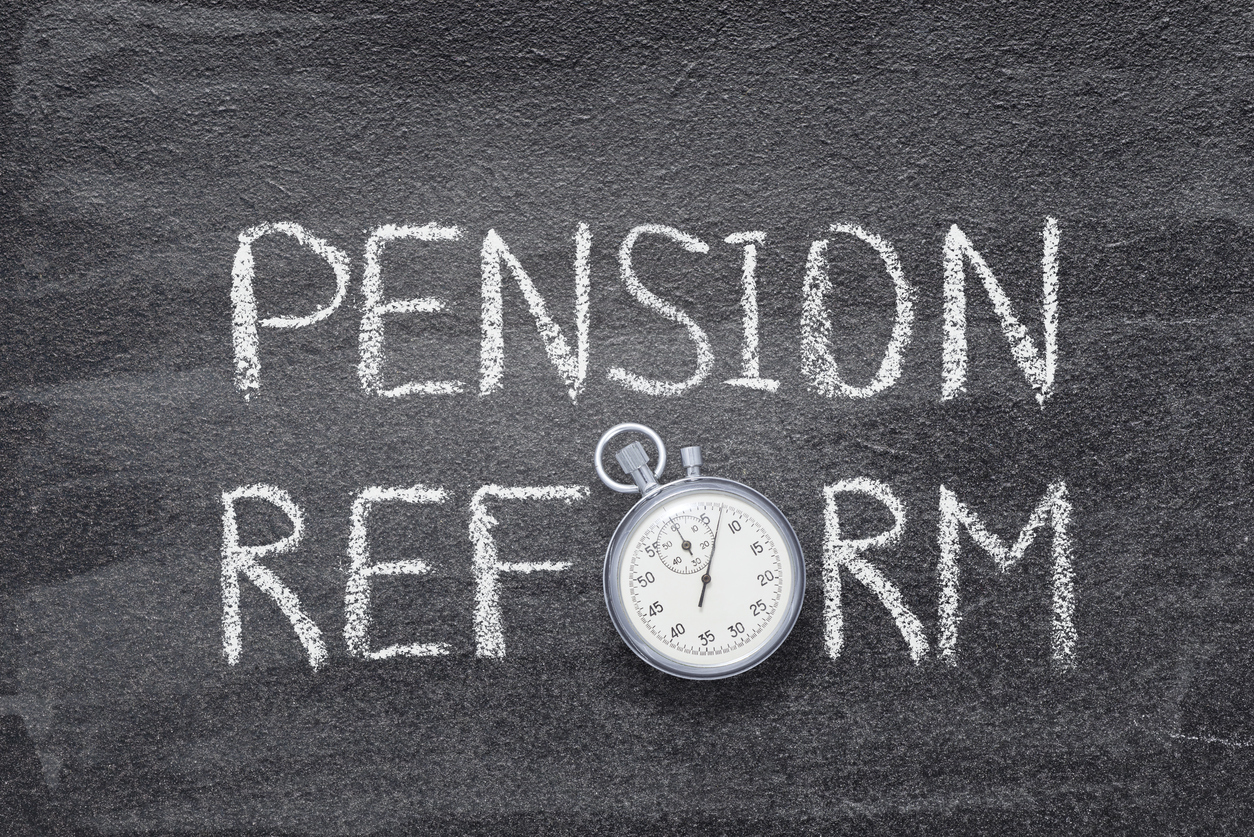
Pandemic Calls For Public Pension Reform
Over the past few months, the Covid-19 pandemic in the U.S. has turned into an economic catastrophe as devastating as the Great Recession of 2008. The stock market is volatile, state and local governments are in budget crisis, and national unemployment is on the rise.
Unfortunately, none of this is good news for U.S. public pension funds that government employees depend on for secure retirement. State and local pension funds are funded by investment returns, government contributions, and employee contributions, and all three have been negatively affected by the pandemic. As a result, the funded status of state and local public pension funds may fall from 71% in 2019 to 55.5% by 2025.
But even before this pandemic arrived, public pension funds across the U.S. were already in quite terrible shape. Since the 2008 market crash, most funds have struggled and failed to improve their funded ratios. Maryland serves as a good example.
In the early 2000s Maryland’s state employee pension fund was over 90% funded. Then the Great Recession came, which pushed the funded ratio to under 70% in 2009.
Like other states, Maryland responded to the losses of 2008 by shifting its pension assets into riskier investments: hedge funds, private equity, real estate, and commodities. As a result, Maryland’s pension fund allocation in alternative assets rose from under 10% in 2007 to around 40% in 2017. Meanwhile, fees paid to Wall Street fund managers also skyrocketed.
However, after spending as much as $5 billion in investment management fees over the past decade in hopes of recouping the losses of 2008, Maryland’s pension fund still remains just around 70%-funded today. But Maryland is not alone: U.S. public pension funds’ allocation to alternative assets more than doubled between 2005 and 2015, yet most of them failed to reduce unfunded liabilities. Among other reasons, economists attribute this failure to poor performance of hedge funds and private equities in recent years.
So, what lessons can be learned from 2008 when fighting the Covid-19 pension crisis?
The key here is to not repeat the past. As sources of pension funds dry up, it may be tempting to shift even more assets into riskier investments to try to recoup pandemic losses. But such a strategy did not work post-2008, and it will not work in the Covid-19 recession.
It is equally important for state and local governments struggling with budget deficits to not underfund pensions. More than ever, following a consistent funding schedule is critical to ensure that existing pension debts don’t balloon out of control. Another option would be to require employees to have more skin in the game and contribute more towards their retirement security.
In the private sector, employers have already switched to offering their employees 401(k)-style defined contribution benefits instead of defined benefit pensions. Despite the enormous cost saving such a transition would bring, public sector employers have not yet made this move, because it takes a lot of political will to bring about such reforms. Especially in states with a strong public union presence, introducing such reforms is much more challenging than in others.
Although politicians may argue that pension reforms can wait because the Covid-19 pandemic calls for more immediate attention to urgent policy issues, this type of excuse has allowed America’s pension problem to grow out of control. In total, America owes multi-trillion dollars in pension debts, and without reforms, this figure will grow even bigger following the pandemic years. And as Detroit’s experience demonstrates, unaddressed pension debts can become a major trigger for bankruptcies in the post-pandemic years.
Ultimately, relying on the false hope of higher returns through riskier pension investments is not a viable strategy for the pandemic recovery. To help pension funds survive the Covid-19 pandemic, lawmakers around the U.S. should not wait to initiate comprehensive pension reforms that are needed to reduce existing pension debts and future pension costs.





